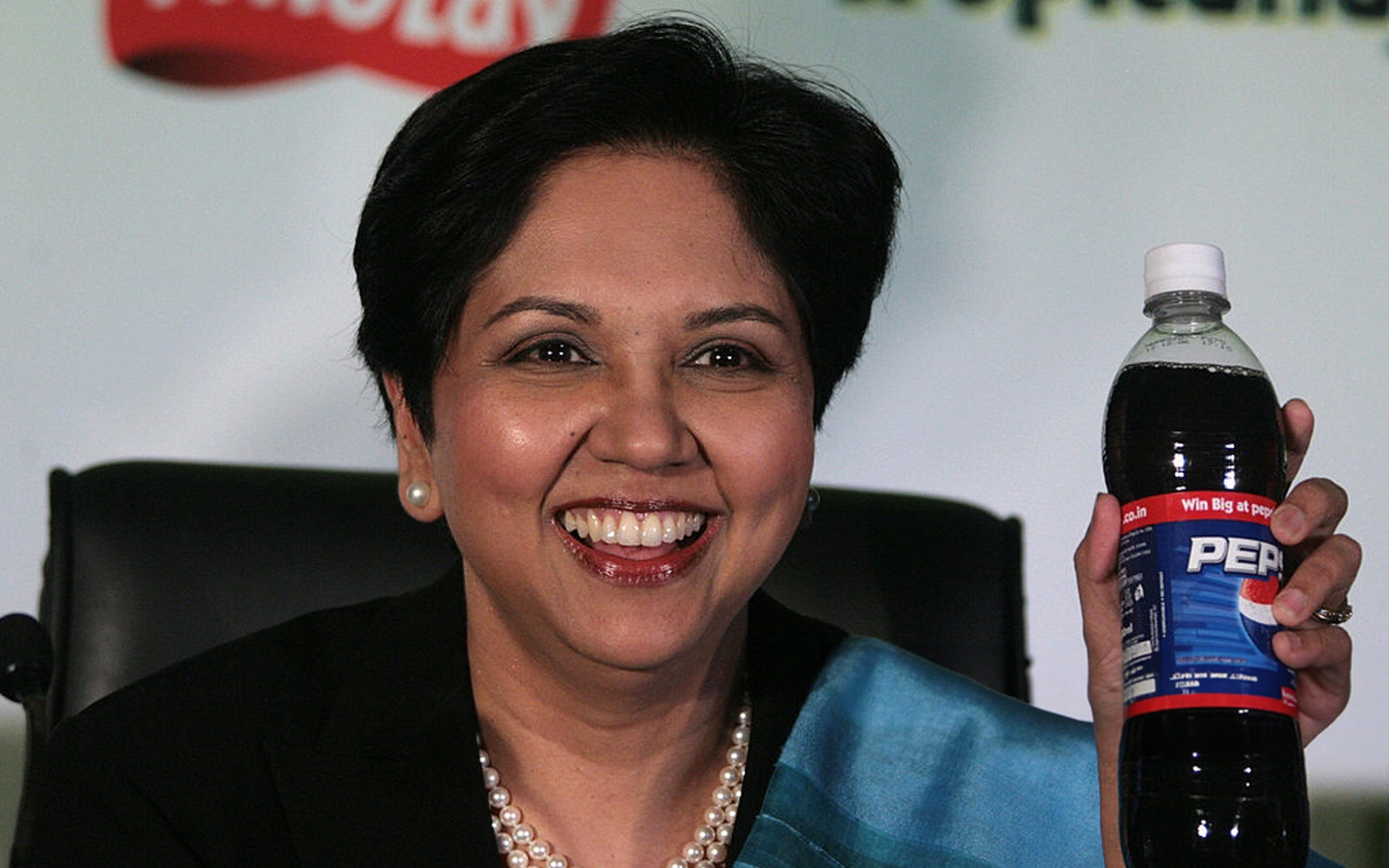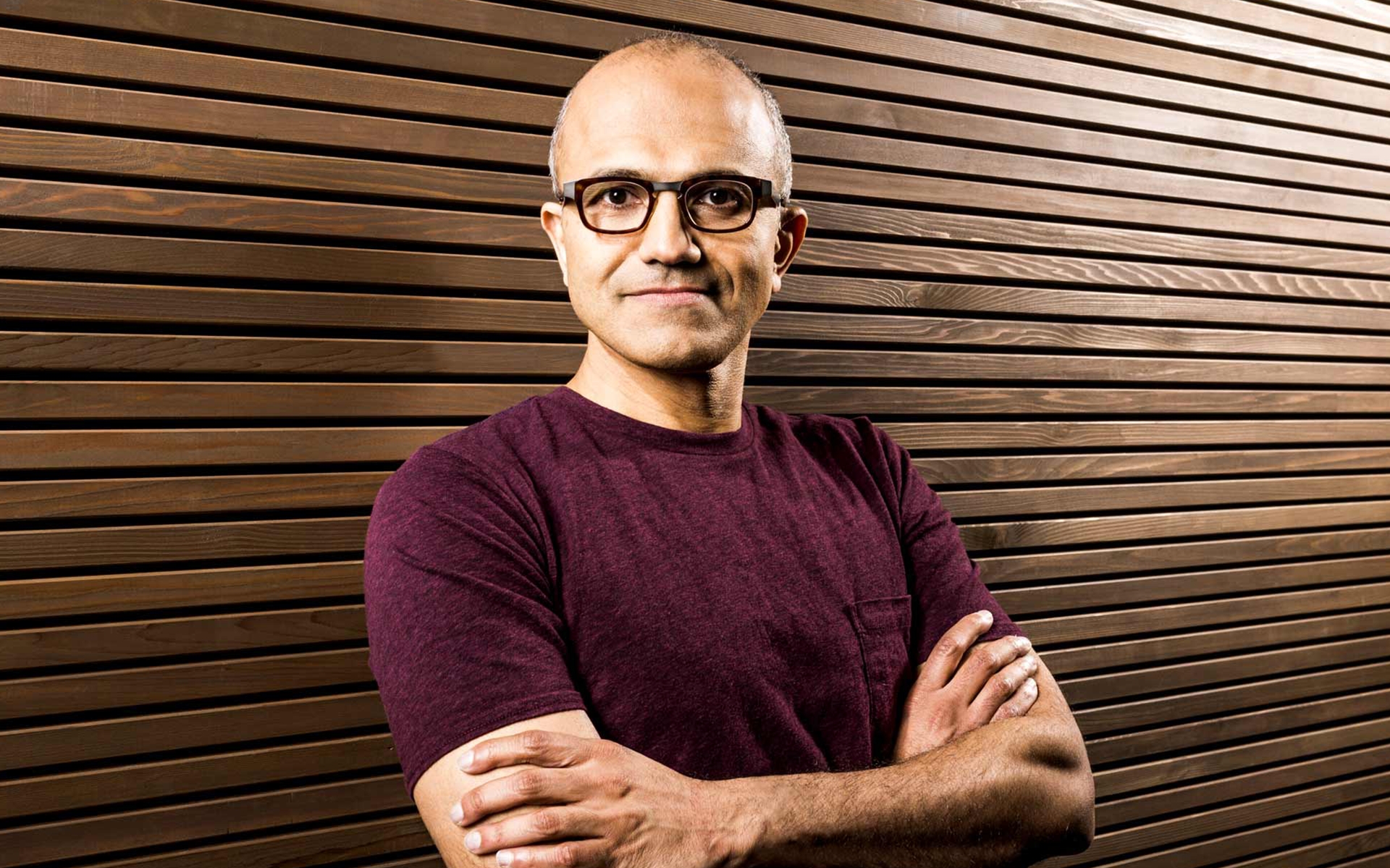"Your job is not to motivate people." Does this bold statement surprise you?
As a marketing manager for six months, I’ve had my share of learning curves. I always thought that my role was to motivate my team. But a renowned psychologist and entrepreneur, Jordan Peterson, opened my eyes. According to him, just motivating people is "management idiot speak."

Let's unpack this topic and see why and how genuine leadership goes beyond motivation.
Table of Contents:
What is Genuine Leadership
Why Going Beyond Motivation is Necessary
How Can You Practice Genuine Leadership?
Satya Nadella’s Approach to Leading Microsoft
Additional Thoughts
Final Thoughts
What is Genuine Leadership?
Genuine leadership is not just about cheerleading your team to achieve targets. It's about having a destination - a clear vision - and knowing how to get there. A leader, as Jordan Peterson puts it, “is someone who knows where he or she is going.”
This means having an ethos, a story that you and your team are part of. This story isn't just any story; it’s a story that means something deep to you and your team.
Contrary to trendy belief, motivation alone is not enough. Why?
Because motivation without direction is like a ship without a compass. Jim Rohn, a renowned entrepreneur and motivational speaker, once said,
"Motivation is what gets you started. Habit is what keeps you going."
But what about those who have navigated rough seas?
Let’s look at the story of Indra Nooyi, former CEO of PepsiCo. Under her leadership, PepsiCo’s sales grew by 80%! How? She didn’t just focus on motivating her employees. She focused on innovation and making a difference in customers’ lives. She also encouraged her team to think long-term and to take the company beyond just selling beverages and snacks.
 Source: Dropoutdudes.com
Source: Dropoutdudes.com
Why Going Beyond Motivation is Necessary?
Firstly, let’s address the “Why.” Why is it crucial for leaders to go beyond motivation? The answer lies in the concept of an "equilibrated state." This idea, presented by the developmental psychologist Jean Piaget, suggests that a situation where everyone participates voluntarily is more sustainable and productive than one where people are forced to participate.
Having a team that's only motivated by external factors such as money or fear of punishment is destined to fail. It’s not sustainable. Peterson highlights how Piaget's equilibrated state is like children playing a game; everyone has to accept their part voluntarily, or the game won't continue. The same applies to your team.
How Can You Practice Genuine Leadership?
Now, for the grand finale - the “How.” How can you, as a leader, practice genuine leadership?

1. Establish a Clear Vision
Know where you’re going. Not just a vague idea, but a clear, compelling vision. This vision should be something that you believe in deeply, and that can connect with your team on a personal level.
2. Communicate the Vision
Communication is key. Share your vision and goals with your team. Make sure they understand not just the “what,” but also the “why.”
3. Connect Personal Goals with Organizational Goals
Encourage your team to align their personal goals with the team's goals. Peterson reveals that individuals who formulated a plan for their life were 10% more productive than those who just focused on their career. He says, “If your job is running at cross purposes with your life, how the hell are you going to be motivated?”
4. Foster a Culture of Voluntary Participation
Create an environment where team members are encouraged to participate voluntarily. This will lead to a more engaged, productive, and sustainable team.
5. Continuous Learning and Improvement
As John C. Maxwell, American author and pastor, rightly said, “Leadership is not about titles, positions, or flowcharts. It’s about one life influencing another.” Keep learning and setting an example for your team.
Satya Nadella’s Approach to Leading Microsoft
When Satya Nadella took over as CEO in 2014, Microsoft was struggling. It had missed major industry shifts and was lagging behind competitors. Sales of Windows were dropping too. People were stabbing each other in the back and only the inner circle got to contribute.
However, Nadella didn't focus on playing the blame game. Instead, he embarked on a path of reinvention through learning and innovation.
One of the first things Nadella did was to encourage a “growth mindset” within the company. He was deeply influenced by Carol Dweck’s book, "Mindset: The New Psychology of Success," and wanted to infuse the culture with the idea that skills are built through hard work and perseverance.
He urged his employees to shift from a know-it-all mindset to a learn-it-all mindset.
Under Nadella's leadership, Microsoft made significant strides in cloud computing. Satya has been instrumental in transforming Microsoft into one of the leading players in this space. He recognized that the future was in the cloud and invested heavily in building Microsoft Azure. And now, Microsoft is putting a big effort into artificial intelligence under his command.
 Source: Fonearena.com
Source: Fonearena.com
Nadella also showed that he valued empathy and inclusion.
In his book "Hit Refresh," Nadella talks about his personal journey and how the experiences of being a father to a child with special needs have shaped his views on leadership and empathy. He believes that empathy is not just a nice-to-have quality. It is a core skill that can drive the business forward.
Satya Nadella’s leadership is a prime example that continuous learning, innovation, empathy, and a commitment to societal good can drive not just company success but also create a more sustainable and inclusive world.
Additional Thoughts
The Psychological Aspect
Empathy and understanding are essential in leadership. How well do you know your team? Are you aware of what they’re going through?
As a leader, it’s your responsibility to be not just a boss, but a support system. This is especially true in times of crisis. Look at how New Zealand’s Prime Minister Jacinda Ardern led her country through various crises with empathy and clear communication.
The Power of Questions
And here’s something to ponder. What if the power of leadership is not just in the answers we provide but in the questions we ask? Like, "What impact do we want to have?" or "How can we make a difference?" can be powerful. They can open doors to innovation, collaboration, and a deeper sense of purpose.
5 Must-Read Books for Aspiring Leaders
- “Hit Refresh” by Satya Nadella: This book tells the story of Nadella’s personal journey, his experiences at Microsoft before becoming CEO, and his ideas for changing the corporate culture
- "Start With Why" by Simon Sinek: This book is about the importance of knowing your “Why” and how it’s crucial for genuine leadership.
- "Drive: The Surprising Truth About What Motivates Us" by Daniel H. Pink: Pink breaks down the science of motivation and how understanding it can lead to better leadership.
- "The Five Dysfunctions of a Team" by Patrick Lencioni: This book addresses team dynamics and how leaders can create cohesive teams.
- "The Lean Startup" by Eric Ries: Though it’s geared towards startups, the principles in this book about building a sustainable business are applicable to leaders in any field.

Final Thoughts
Let's be real. I'm not standing on a mountaintop preaching on how to be a good leader. I’m down here, trying to figure it out. But what I’ve learned so far from the countless pages I’ve turned is that leadership is not a one-size-fits-all hat that you put on. It’s a mosaic of emotional intelligence, innovation, psychological understanding, and ethics.
We might not have all the answers. But if we commit to learning, growing, and most importantly, caring about the people we work with, we’re on the right path.
Let's go beyond motivation and build leadership that's genuine, grounded, and geared for a purpose beyond just profits or compliments.
I will see you in the next article.











